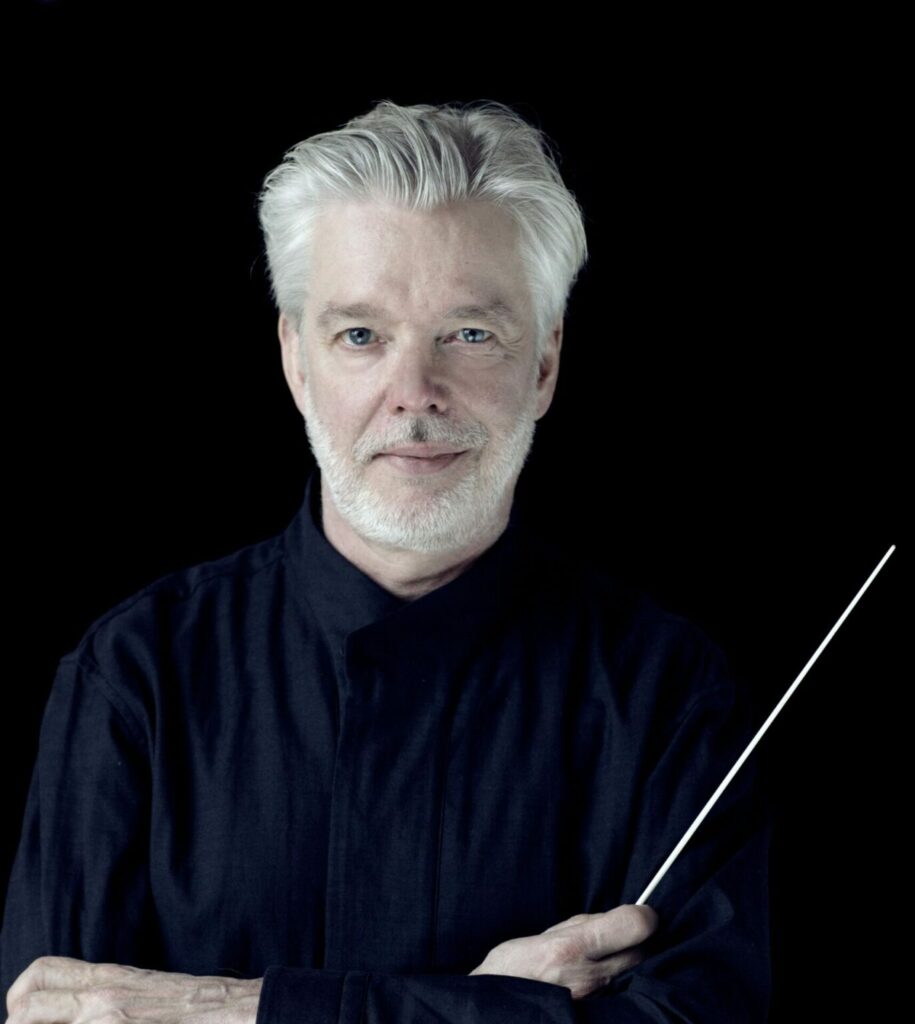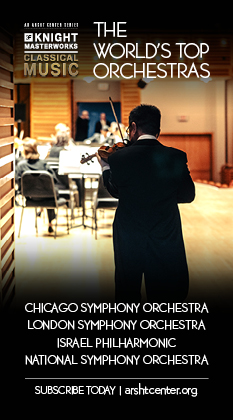Saraste’s objective style draws vivid Mahler with New World Symphony
Gustav Mahler’s Symphony No. 6 is a tormented and disturbing work. Replete with sinister motifs capped by the final hammer blows of fate, the score is strangely appropriate for this era of wars and sometimes violent divisiveness.
On Saturday night, the New World Symphony gave a vividly realized performance of the unique Mahler creation under the direction of guest conductor Jukka-Pekka Saraste at New World Center.
Chief conductor and artistic director of the Helsinki Philharmonic, Saraste takes a non-interventionist approach to interpreting Mahler. He neither whips up excessive emotional turmoil nor indulges in podium histrionics.
Yet his straightforward interpretation of the symphony was anything but bland or matter of fact. Saraste maintained tension while concentrating on the symphony’s musical structure. Indeed, his astutely proportioned reading seemed half as long as the symphony’s 80-minute span.
Saraste took the grim march that opens the symphony at a brisk, no-nonsense pace. The first movement’s secondary subject (often referred to as depicting the composer’s wife Alma) resounded with the rich string textures that have characterized New World performances this season.
A sense of terror pervaded the crashing percussive effects of the Scherzo, with the rhythmic pulse strongly dominant. The contrasting Landler-like episode resounded with lilt and grace. Saraste’s natural lyrical flow in the Andante moderato molded lines in long paragraphs. The sudden entry of cowbells amid the thematic flow sounded shocking and unexpected.
After the melodic richness of the slow movement, the opening lines of the finale seem like a descent into the abyss. The sinister initial martial motif was taken at a fleet clip. Climaxes were organically achieved rather than launched for a superficial effect. Throughout the lengthy movement, the exposed brass played with focused tone and precise articulation. The solos from tubist Bridget Conley and trombonist Chase Waterbury sounded an eerie, shadowy note. The recurrent hammer blows were shattering in impact and the orchestral volleys near the symphony’s conclusion were given maximum velocity. Saraste gave the final trombone and horn chorale weight and space.
Saraste evidenced keen feeling and insight for Mahler’s sound world, and the New World fellows responded with robust and sonorous playing across all instrumental choirs. (The musicians were joined by four New World alums and five students from the ensemble’s Interacademy program in Medellin, Colombia.) Saraste created a well-blended corporate soundscape where even the triangle part was transparent and clearly audible.
Special kudos to Kate Bruns (oboe), Henry Bond (horn) and Shomya Mitra (violin) for finely nuanced and phrased solos. Although a few audience members were too quick with their applause at the quiet conclusion, the ovation that followed the performance was unusually long and loud.
Prior to the performance, outgoing Miami Beach Mayor Dan Gelber presented New World chief executive Howard Herring with the key to the city for his contribution to the cultural community.
The New World Symphony repeats the program 2 p.m. Sunday in Miami Beach. nws.edu
Posted in Performances
Leave a Comment
Sun Nov 5, 2023
at 11:38 am
No Comments




